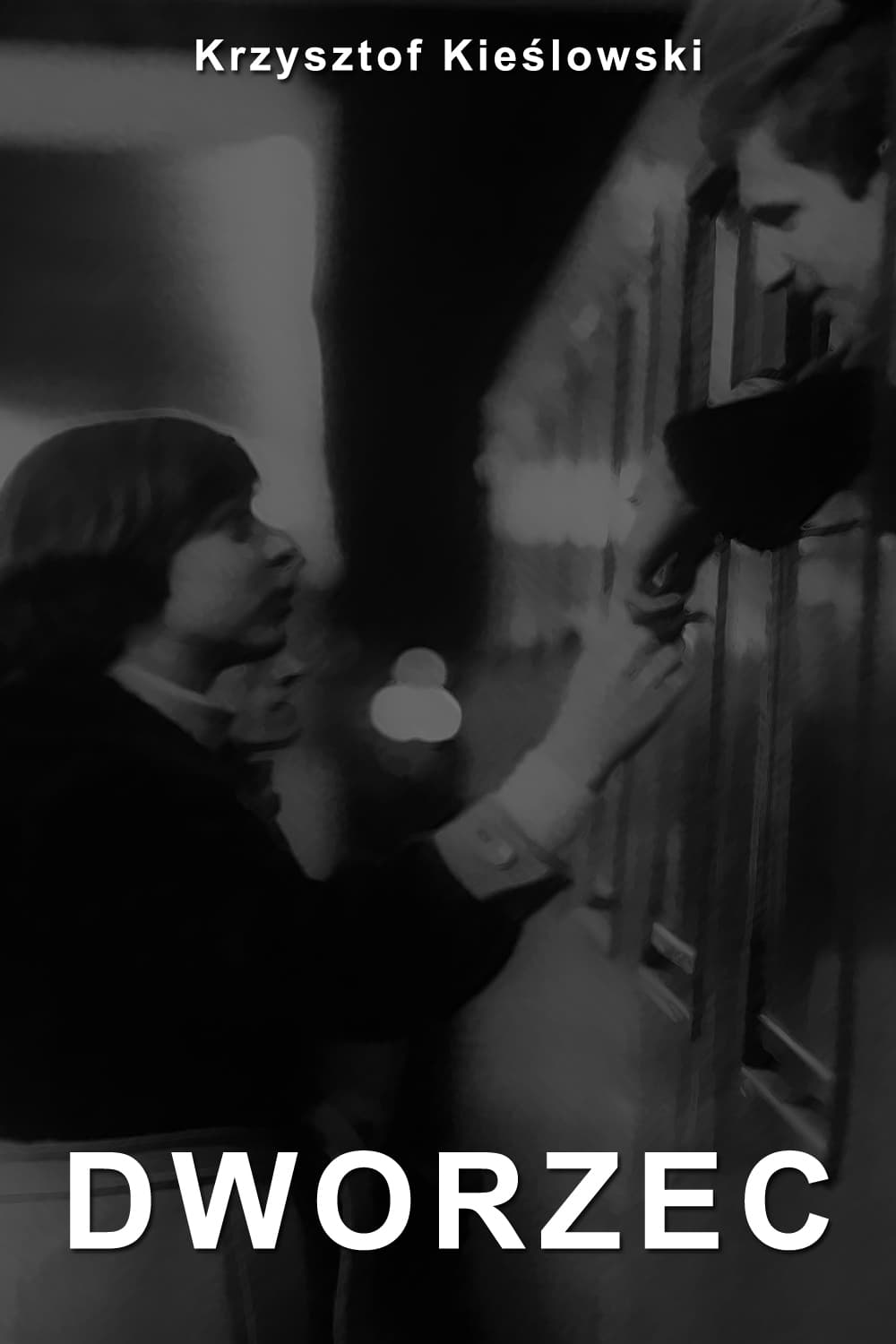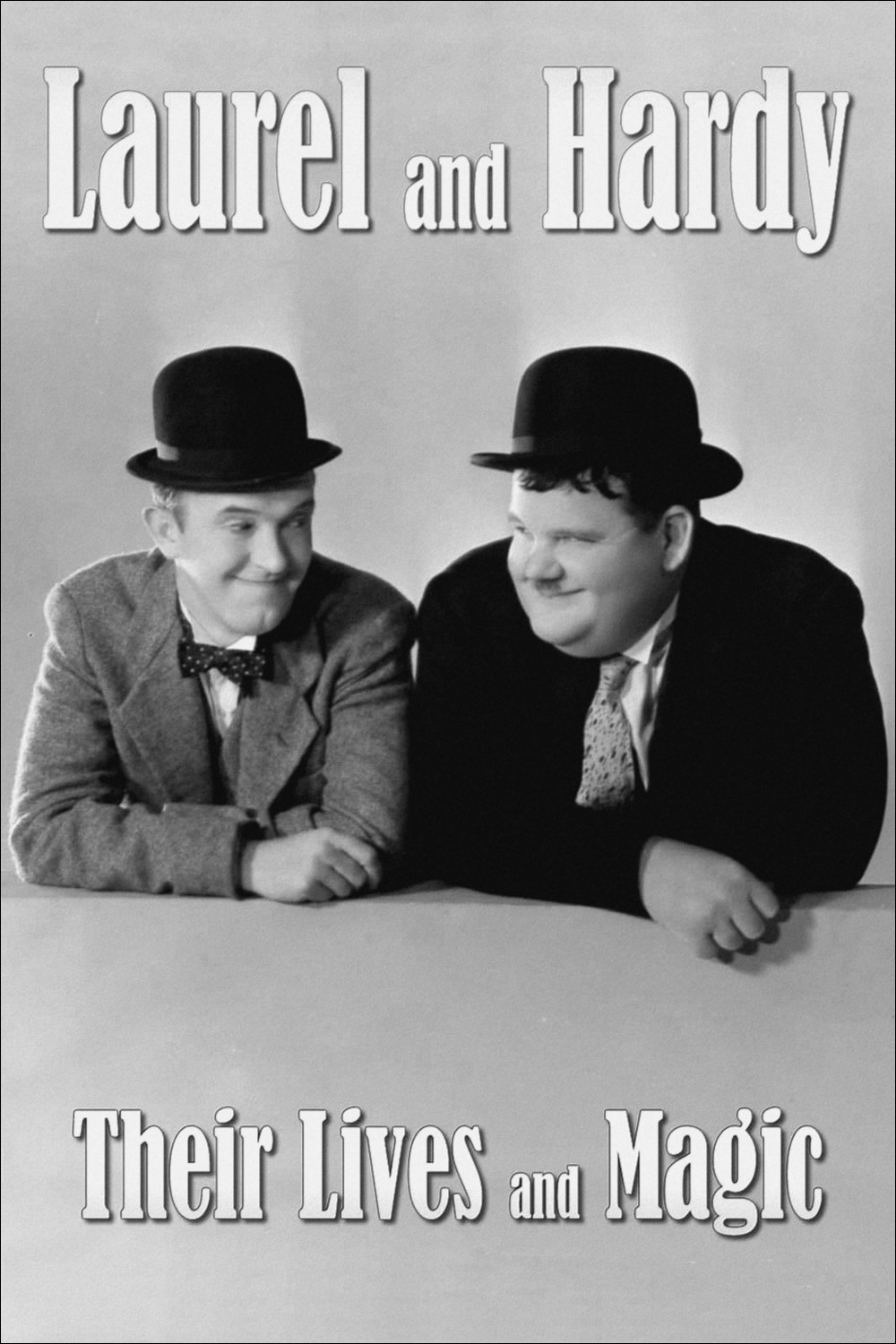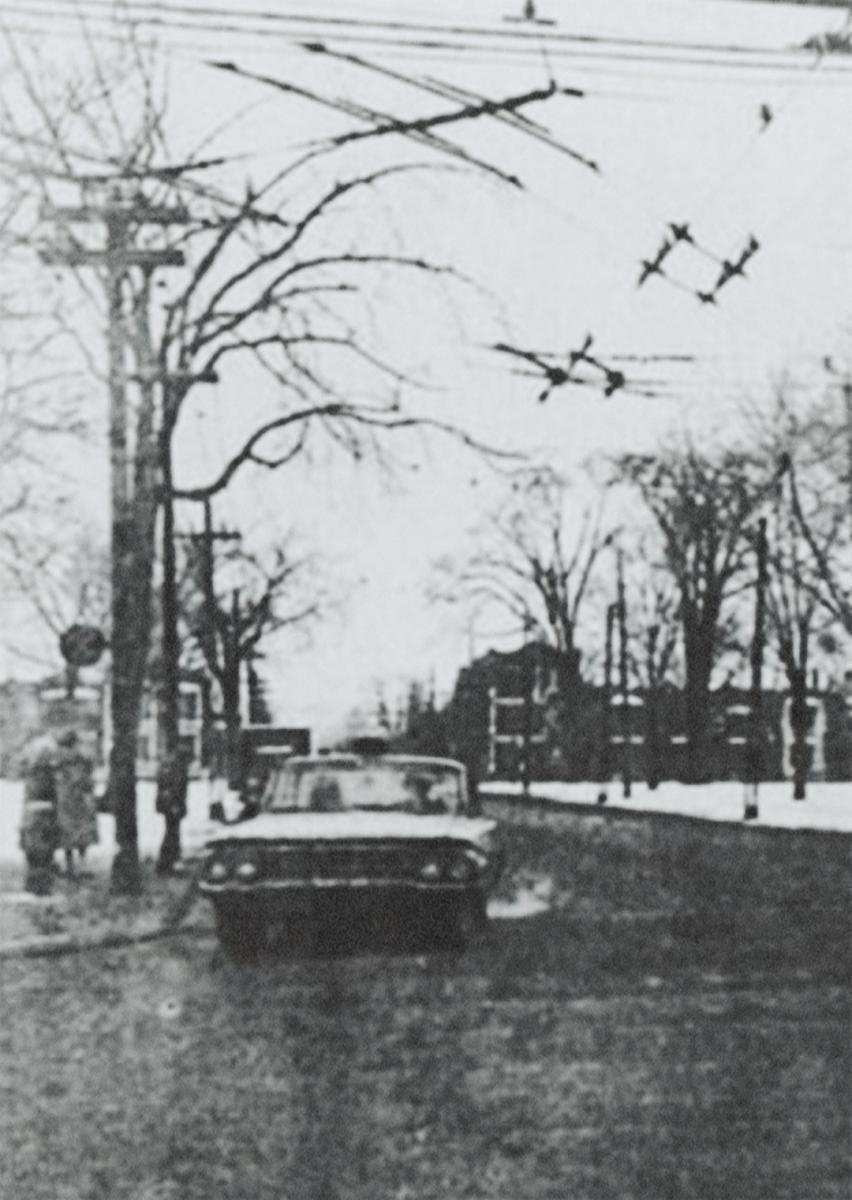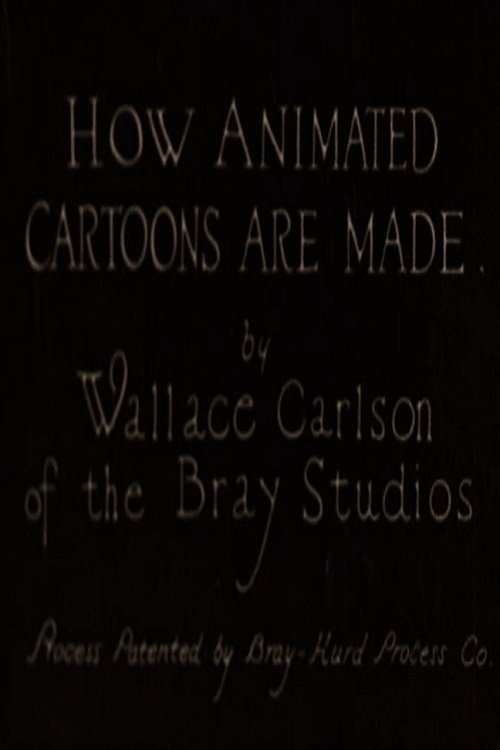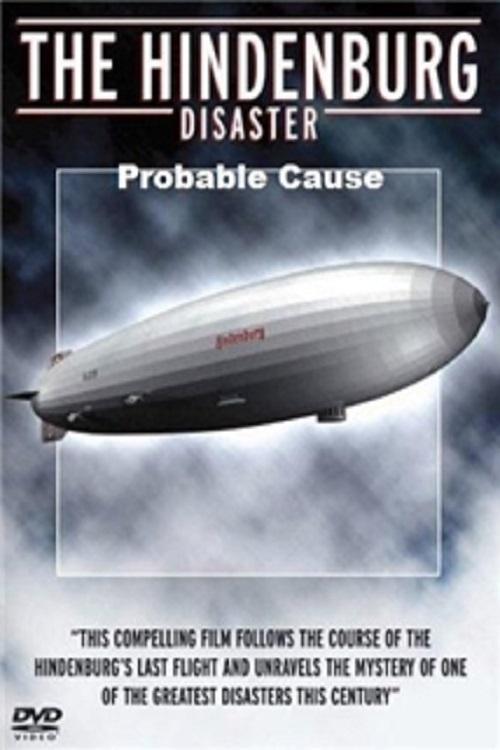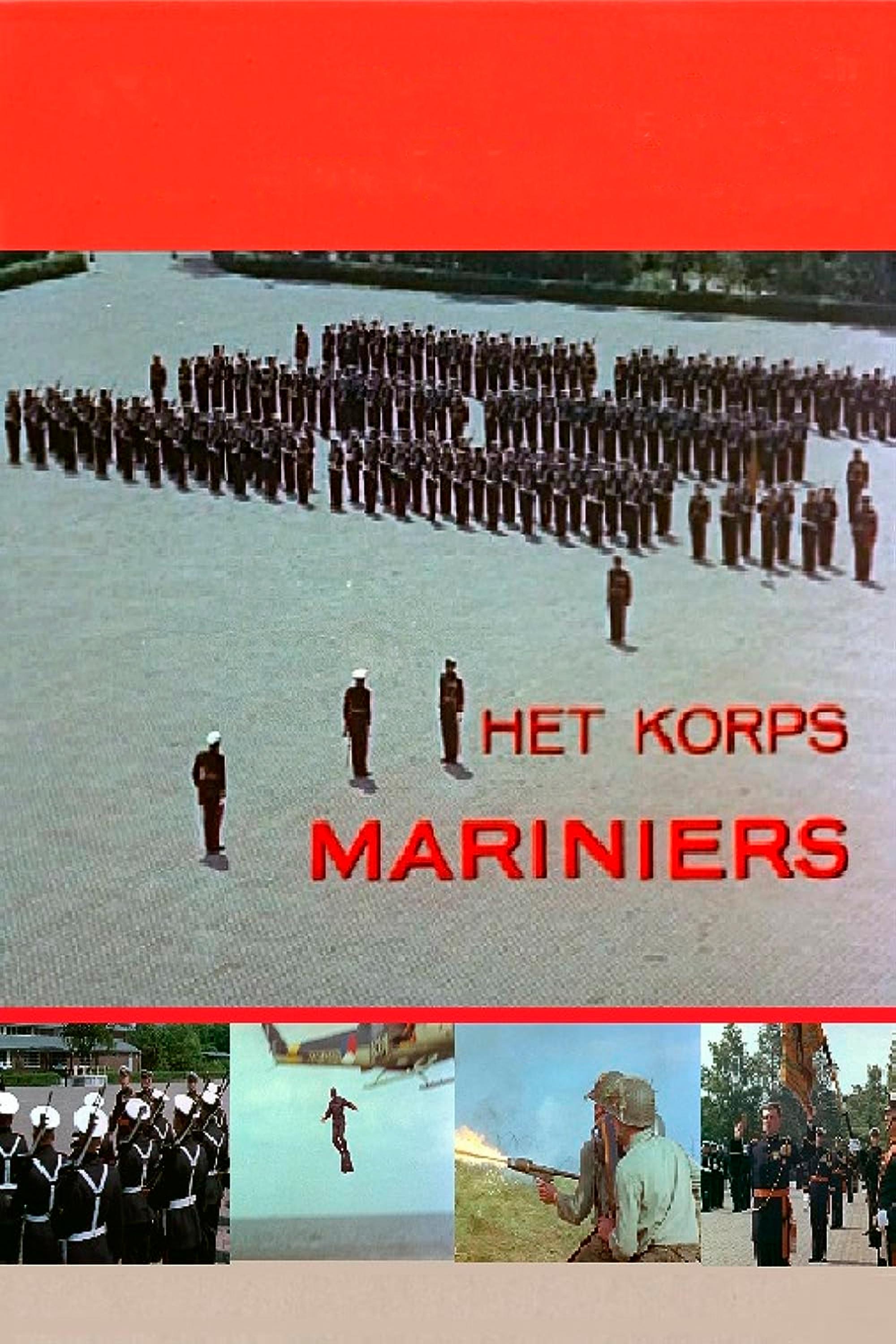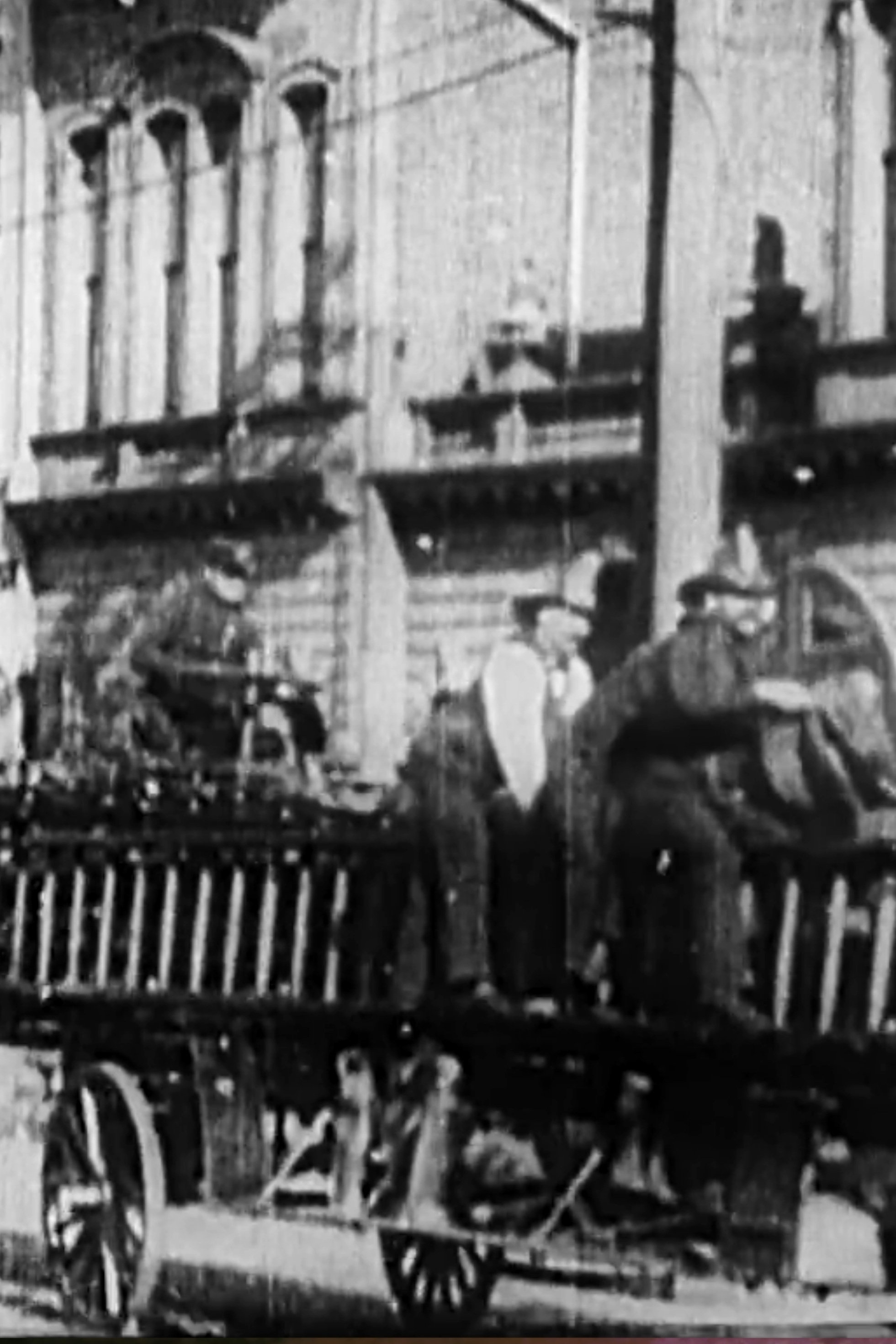
The Morning Alarm (1896)
Overview
“This shows the Fire Department leaving headquarters for an early morning fire. The scene is remarkable for its natural effect. The opening of the engine house doors, the prancing of the horses, and even the startled expression upon the faces of the spectators are all clearly depicted.” -Edison Films, 1897. 150 ft. strip, filmed December 25, 1896 in Harrisburg, Pennsylvania.
Production Companies

Additional Info
| Budget | $0.00 |
|---|---|
| Revenue | $0.00 |
| Original Language | xx |
| Popularity | 0.3408 |
Directed By
James H. White
Crew
James H. White
TOP CAST
Similar Movies
Die Bauten Adolf Hitlers
Nazi Third Reich propaganda film that used architecture as a statement about "racial accomplishment," and so called "racial superiority." Hitler claimed that between 1934 and 1940, the Nazi rule of Germany had produced architectural uniqueness, and this film was produced to shown to attempt to validate that. The opening montage gives a survey of earlier Gothic and Baroque structures in the country as an example of "architectural superiority" that the German race was said to be the sole inventor of; then moves on to deride the recent construction of the Bauhaus school (with a racially motivated score of Jazz music) and an example of German "architectural decay." Then proceeds to show off buildings constructed by the Nazi and an architectural revival, to "last 1000 years," Film also spends a great of time dwelling on massive and "busy" monuments that had been erected all over the county.
From 3 to 22
A movie follows a regular working day of a woman who works in a factory. She wakes up at 3am and goes to sleep at 10pm.
Railway Station
Kieslowski’s later film Dworzec (Station, 1980) portrays the atmosphere at Central Station in Warsaw after the rush hour.
Plant of Ford Motor Company - Antwerp
Short documentary on the Antwerp Ford Motor Company plant.
Berlin: Symphony of a Great City
A day in the city of Berlin, which experienced an industrial boom in the 1920s, and still provides an insight into the living and working conditions at that time. Germany had just recovered a little from the worst consequences of the First World War, the great economic crisis was still a few years away and Hitler was not yet an issue at the time.
The Arrival of a Train at La Ciotat
A group of people are standing along the platform of a railway station in La Ciotat, waiting for a train. One is seen coming, at some distance, and eventually stops at the platform. Doors of the railway-cars open and attendants help passengers off and on. Popular legend has it that, when this film was shown, the first-night audience fled the café in terror, fearing being run over by the "approaching" train. This legend has since been identified as promotional embellishment, though there is evidence to suggest that people were astounded at the capabilities of the Lumières' cinématographe.
20,000 Miles on a Horse
This Feature documentary is about the lives of Louis Brunke and Vladimir Fissenko who rode on horseback from the southern tip of Argentina to Prudhoe Bay, Alaska. It took them five years to cross 14 countries -- and they filmed it all.
Laurel & Hardy: Their Lives and Magic
The lives of Stan Laurel (1890-1965) and Oliver Hardy (1892-1957), on the screen and behind the curtain. The joy and the sadness, the success and the failure. The story of one of the best comic duos of all time: a lesson on how to make people laugh.
One Second in Montreal
A silent succession of black-and-white photographs of the city of Montreal.
Choosing the Wallpaper
A woman is shown various wallpaper samples, in a short displaying the Kinemacolour process
R. F. Outcault Making a Sketch of Buster and Tige
Buster Brown creater R.F. Outcault sketches his creation. Part of the Buster Brown series for Edison film studio.
How Animated Cartoons Are Made
Wallace Carlson walks viewers through the production of an animated short at Bray Studios.
Nanook of the North
This pioneering documentary film depicts the lives of the indigenous Inuit people of Canada's northern Quebec region. Although the production contains some fictional elements, it vividly shows how its resourceful subjects survive in such a harsh climate, revealing how they construct their igloo homes and find food by hunting and fishing. The film also captures the beautiful, if unforgiving, frozen landscape of the Great White North, far removed from conventional civilization.
The Royal Dutch Marine Corps
Het korps Mariniers is a documentary about the Royal Dutch Marine Corps, which Paul Verhoeven made while being assigned to the Marine Film Service as a documentary filmmaker.
A Visit to Los Angeles
To popularize the idea of automobile travel, Ford Motor Company produced Ford Educational Weekly, a film magazine distributed free to theaters. One 1916 series featured "Visits to American Cities." In this episode, Los Angeles is featured at the very beginning of the boom created by oil, movies and aircraft. On the occasion of its centennial in 1953, Ford donated its film to the National Archives and Records Service; this copy derives from a fine grain master printed from the Archive's preservation negative. Music by Frederick Hodges.
Exploring Bloody Bay Wall
What is the value of ocean biodiversity? Bloody Bay Wall is the top of a five thousand foot underwater cliff. A group of divers - including scientists and photographers - gather at Little Cayman Island in the Caribbean Sea to explore this spectacular underwater feature. Motivated by questions of human biology, coral reef ecosystems, and the stunning imagery of this marine park, their collaborations help illuminate the range of what rich marine life offers to humanity: now, and in the future.
The Return of the Victorious Serbian Army
At the beginning of Sumadijska street in the vicinity of Slavija Square on the 11th August 1913, the Serbian victorious army from the Second Balkan War led by the Crown Prince Alexander Karadjordjevic was given a huge welcome by the highest military and political authorities of Serbia and Belgrade, representatives of civil organizations and national institutions, as well as several tens of thousands of people from Belgrade, Serbia and Vojvodina.
